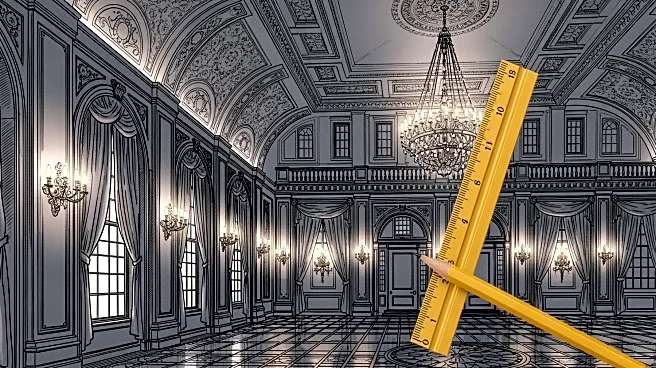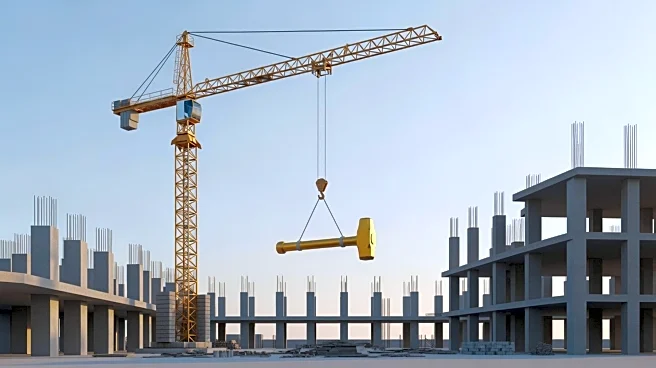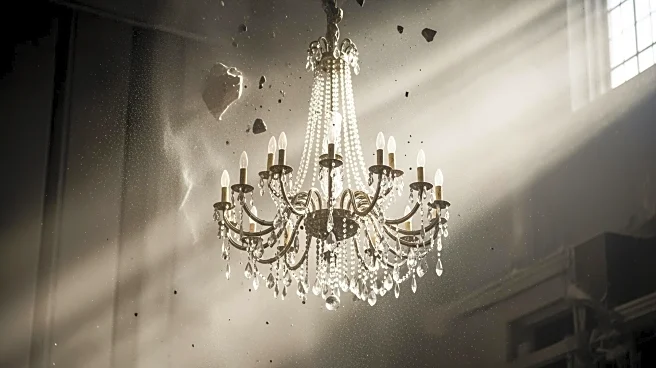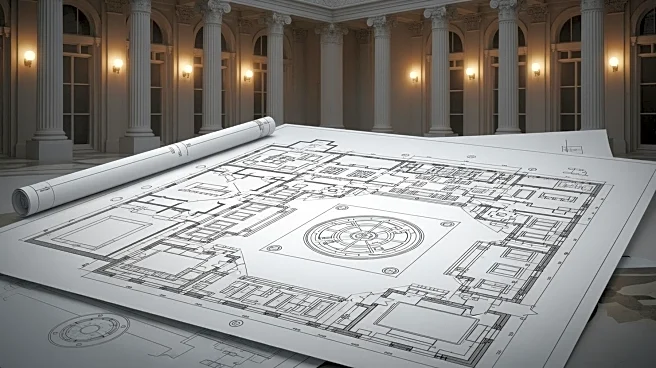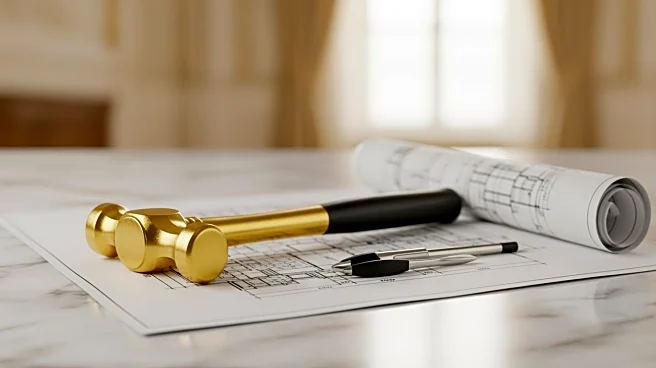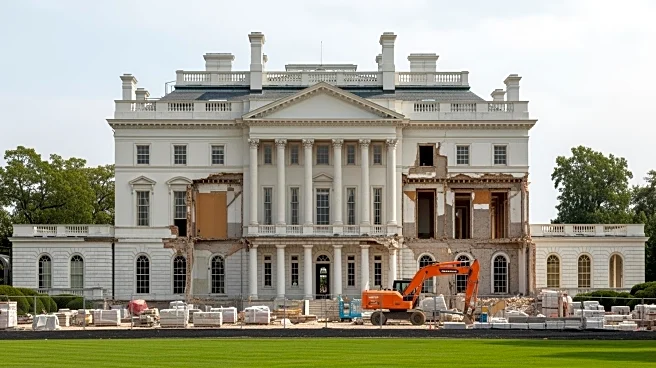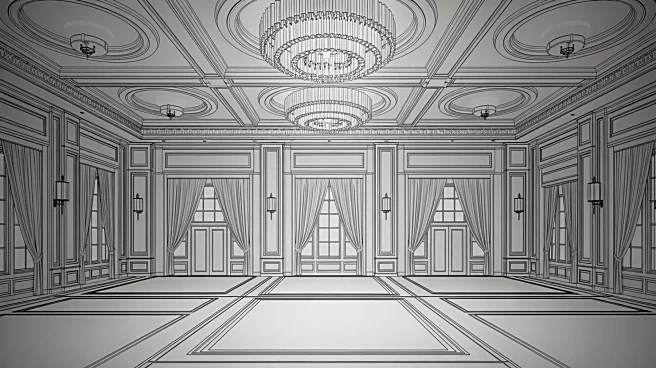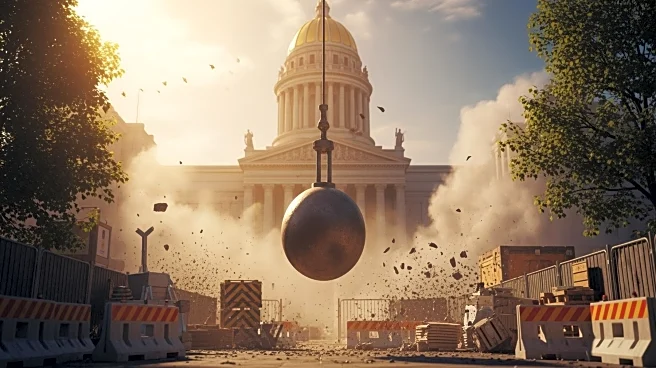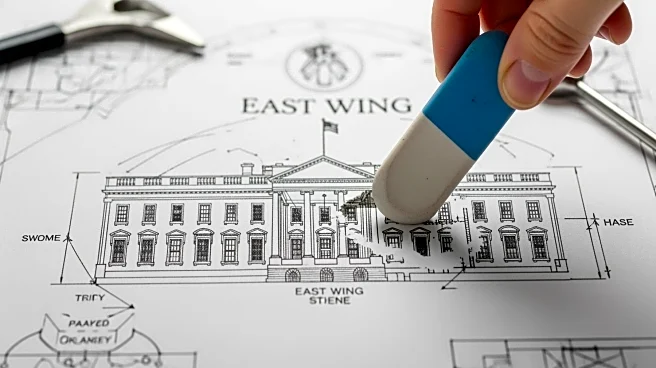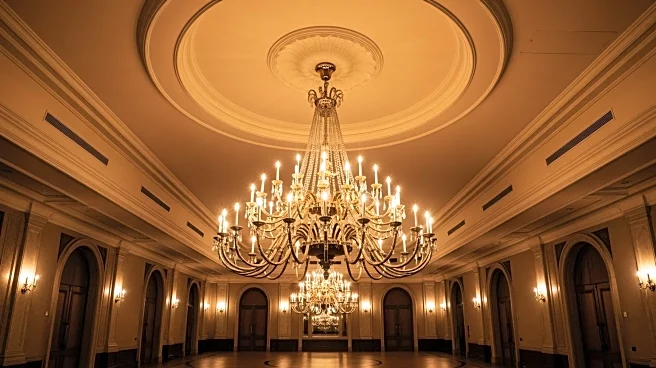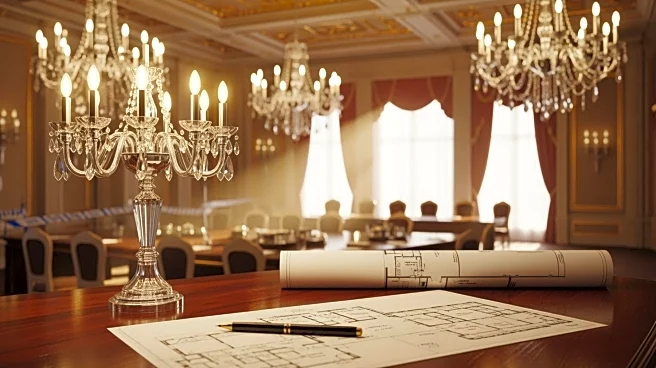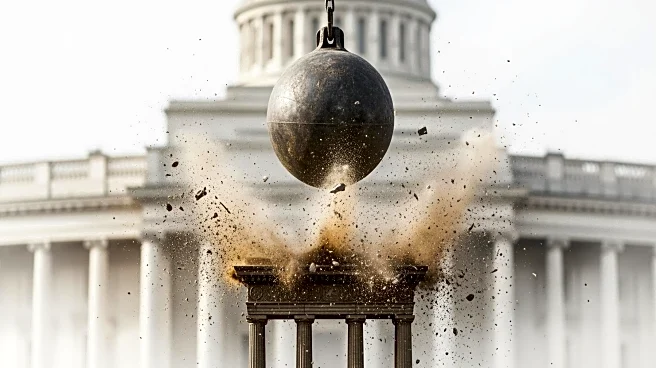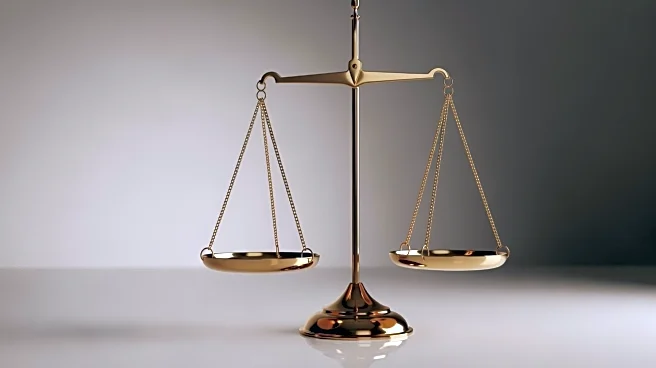What's Happening?
President Donald Trump has announced changes to his plans for constructing a ballroom at the White House. Initially, Trump had outlined specific details regarding the cost, capacity, and construction methods for the ballroom. However, these plans have
since been altered, with adjustments made to the financial aspects and the scale of the project. The ballroom construction is part of Trump's broader vision for enhancing the White House's facilities, but the shifting details have raised questions about the project's feasibility and the administration's priorities.
Why It's Important?
The construction of a new ballroom at the White House represents a significant investment in the presidential residence's infrastructure. Changes to the project's scope and budget could impact public perception of government spending priorities, especially in a time of economic scrutiny. The ballroom's construction may also influence the administration's ability to host large-scale events, potentially affecting diplomatic and political engagements. Stakeholders, including taxpayers and political analysts, are likely to scrutinize the project's developments, assessing its alignment with national interests and fiscal responsibility.
What's Next?
As the plans for the White House ballroom continue to evolve, further announcements from President Trump or his administration are anticipated. These updates may include revised timelines, budget allocations, and construction strategies. Political leaders and civil society groups may respond to these changes, potentially advocating for transparency and accountability in government spending. The project's progression will be closely monitored, with potential implications for future presidential initiatives and public trust in the administration's decision-making processes.
Beyond the Headlines
The decision to build a ballroom at the White House touches on broader themes of presidential legacy and the symbolic nature of the residence. The project may reflect Trump's vision for his presidency and his desire to leave a lasting mark on the nation's capital. Additionally, the ballroom's construction could spark discussions about the role of aesthetics and functionality in government buildings, highlighting the balance between tradition and modernization.
